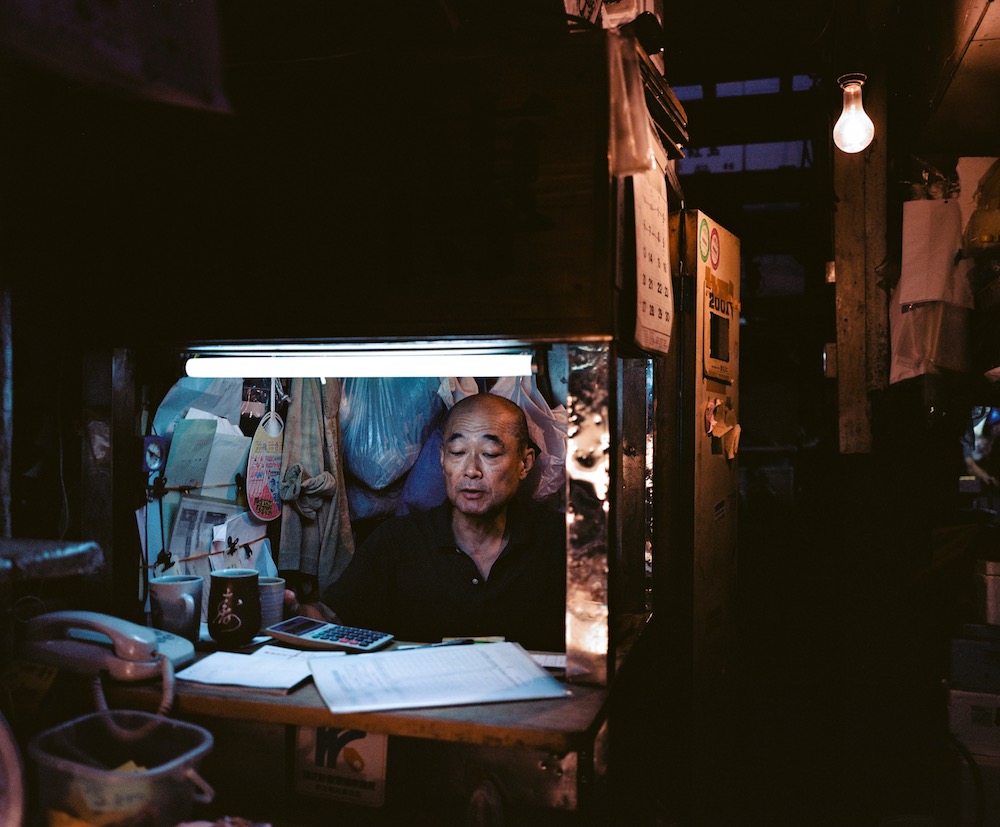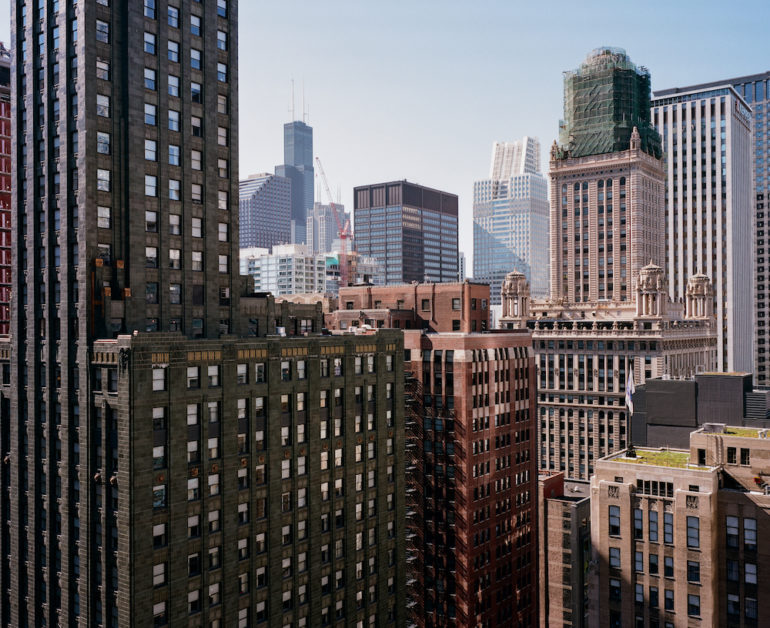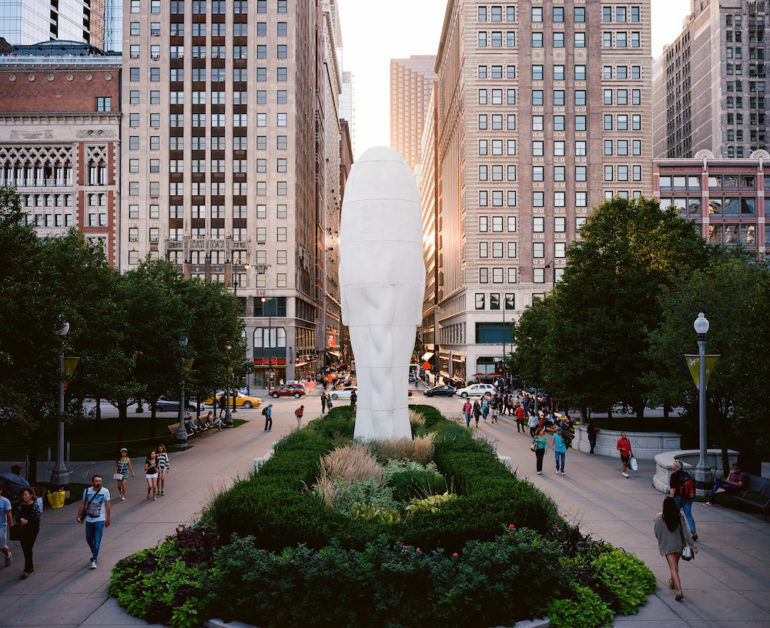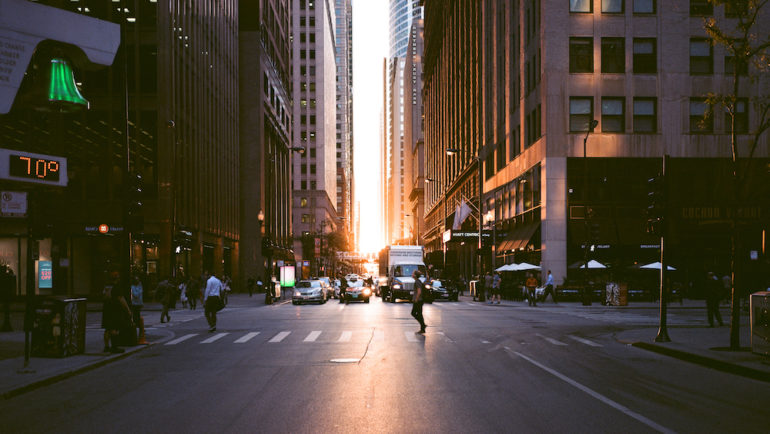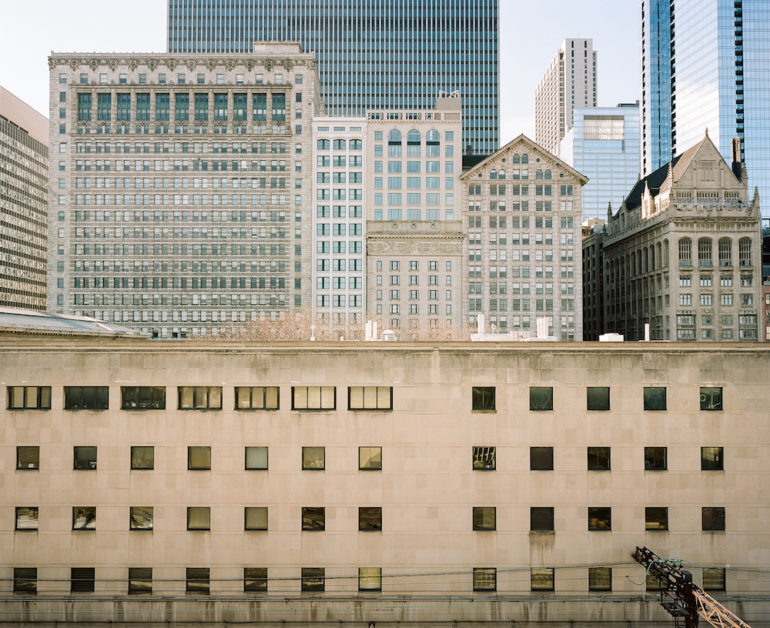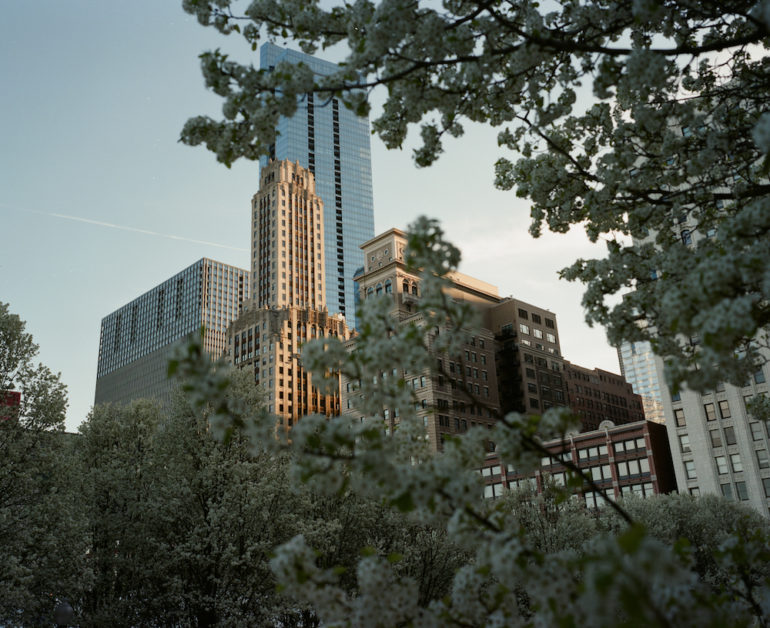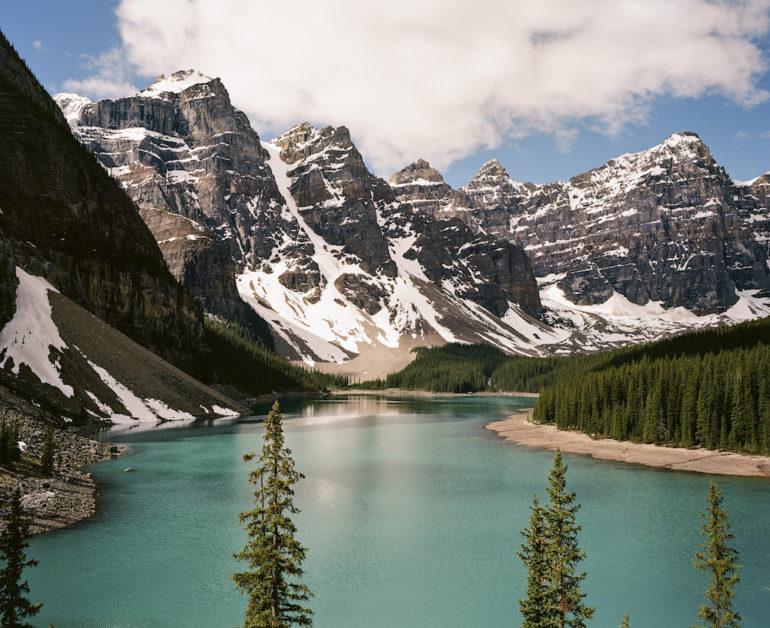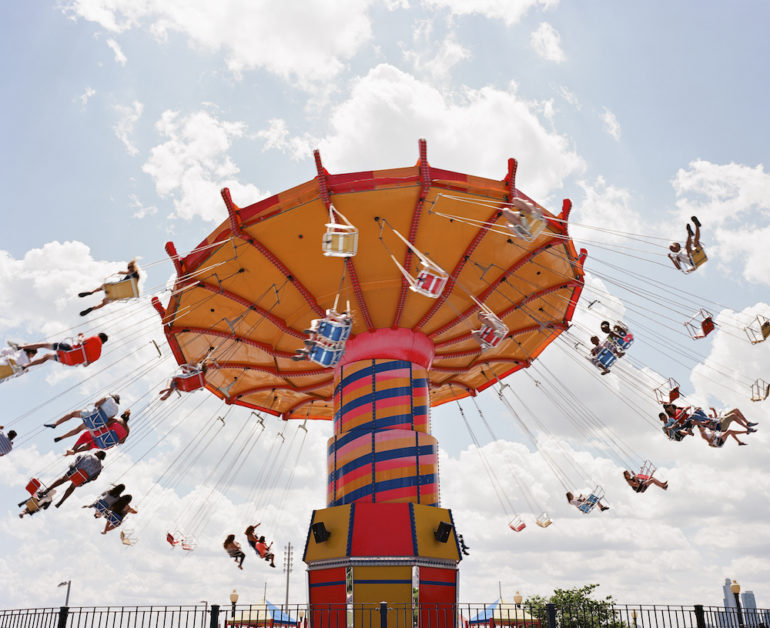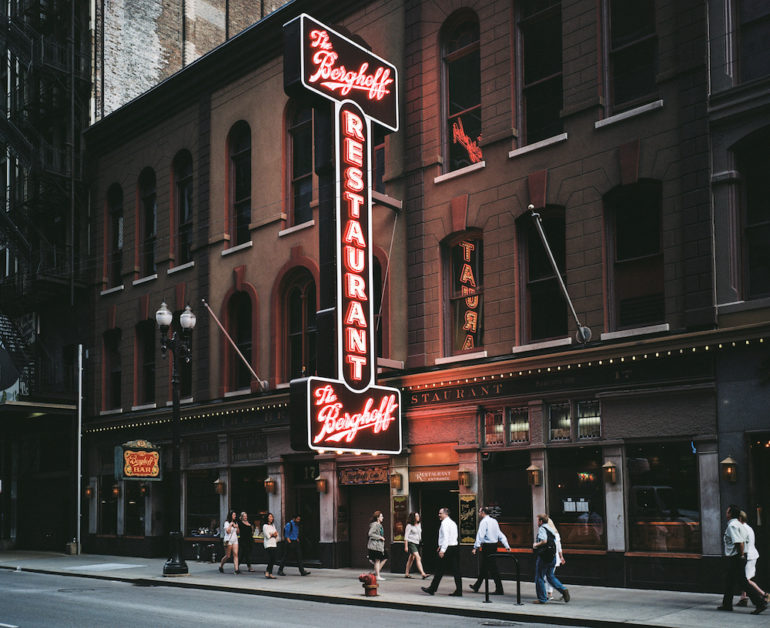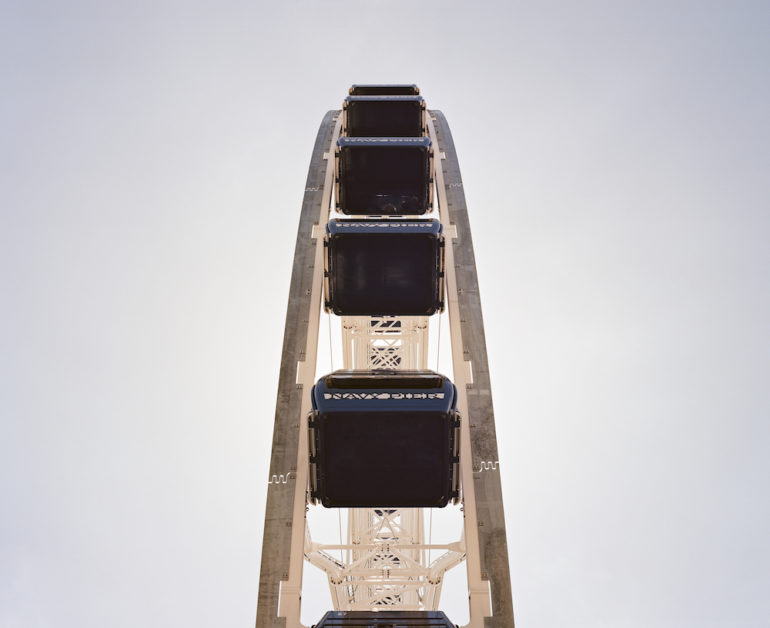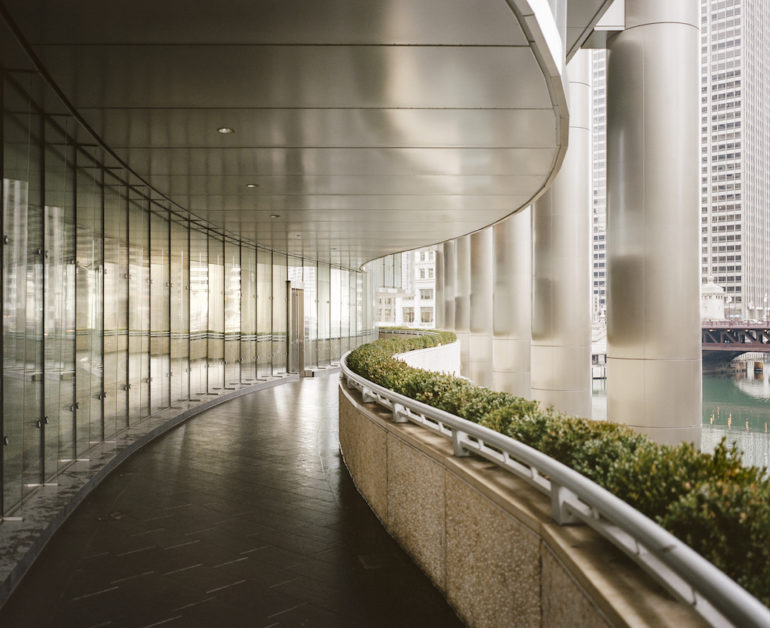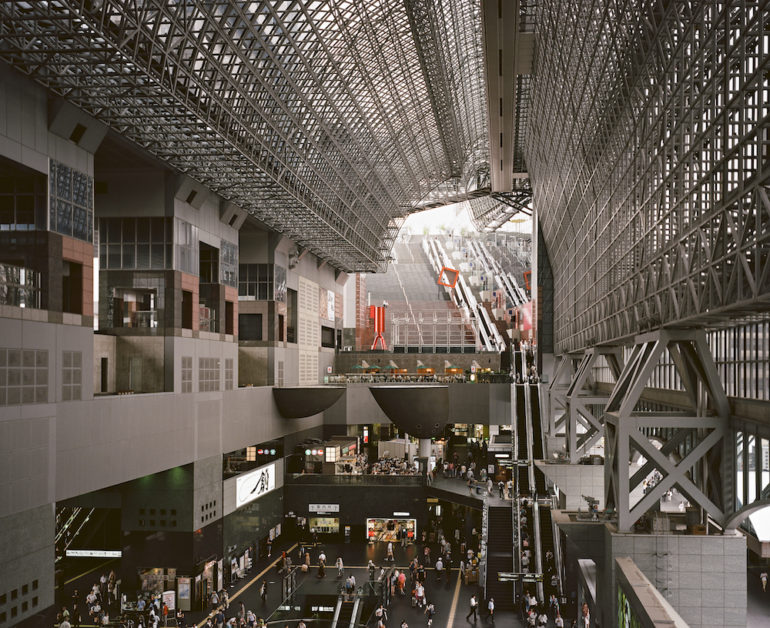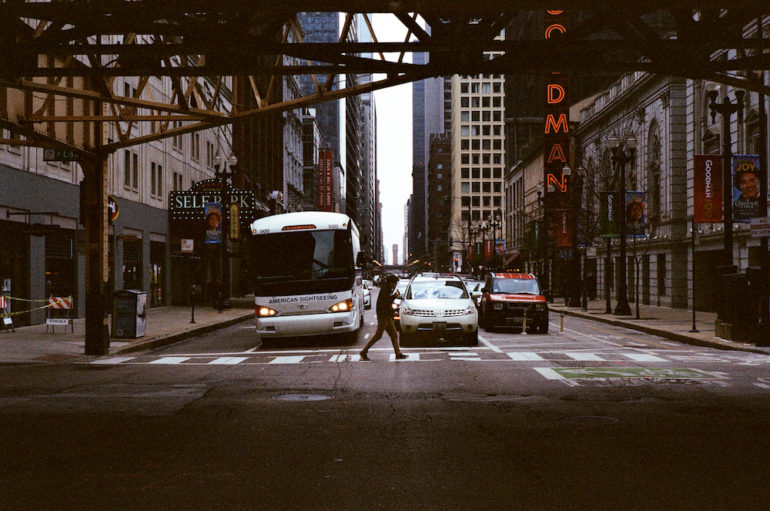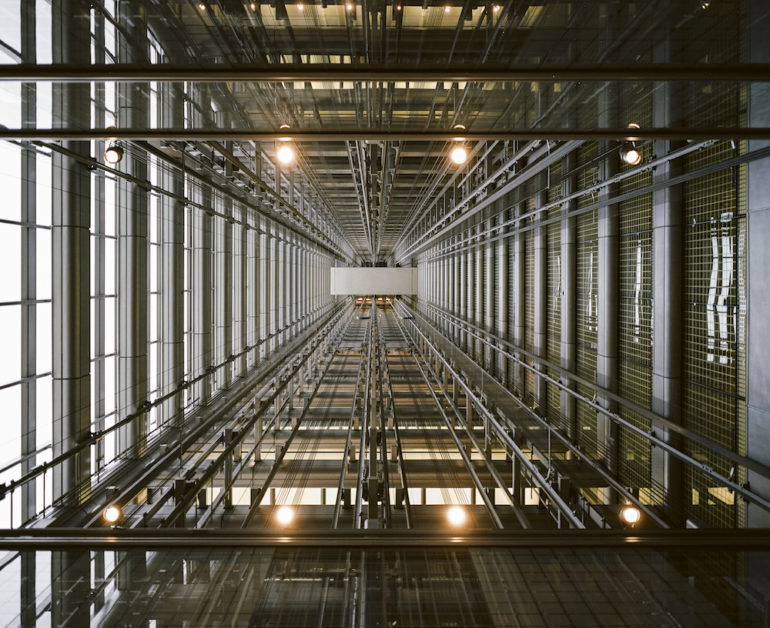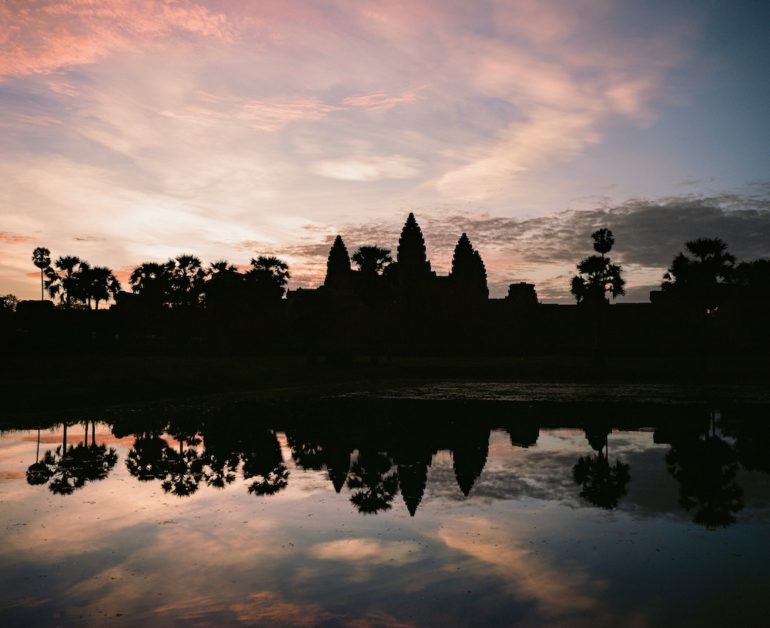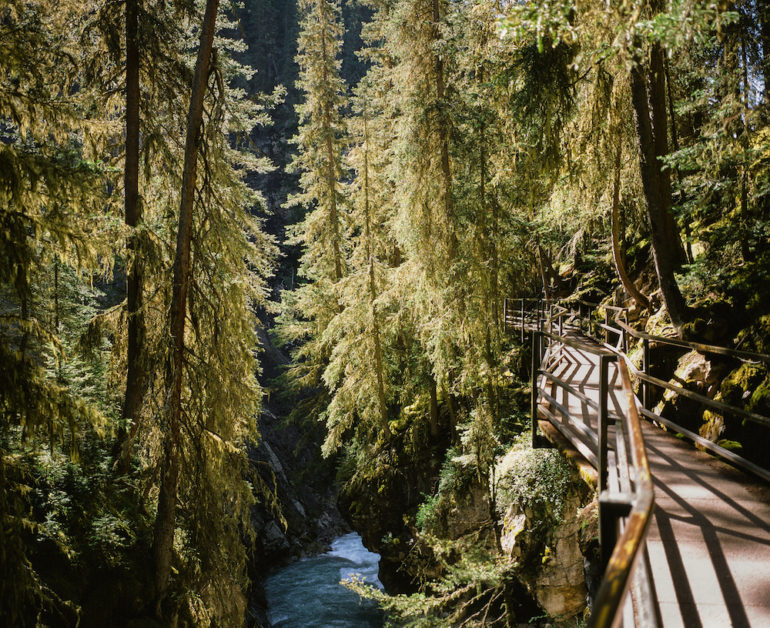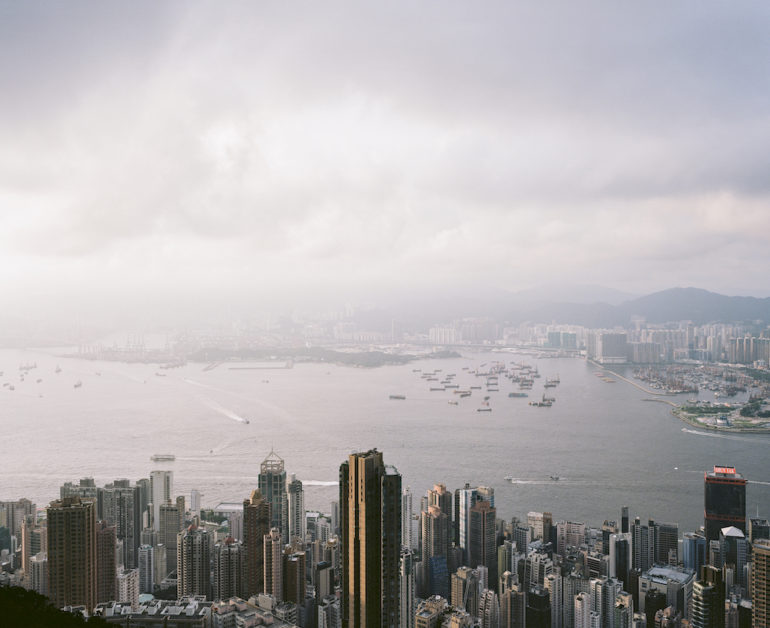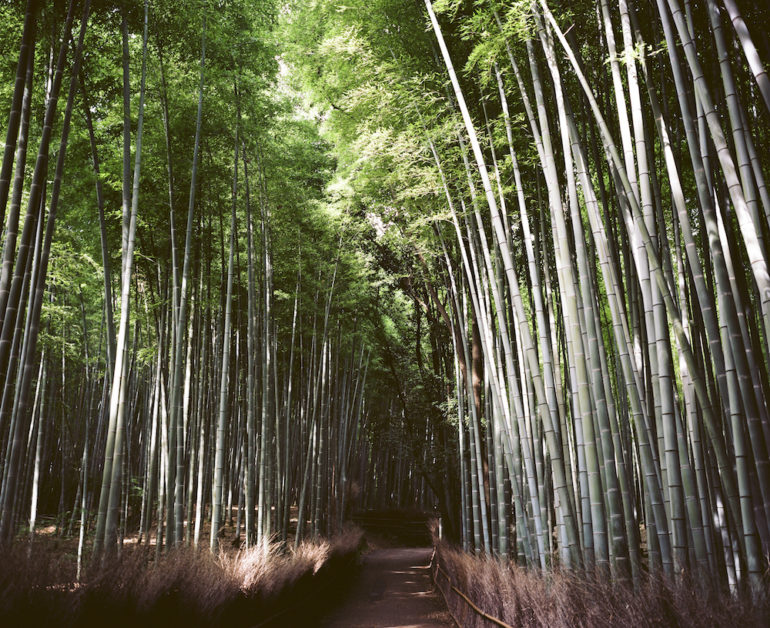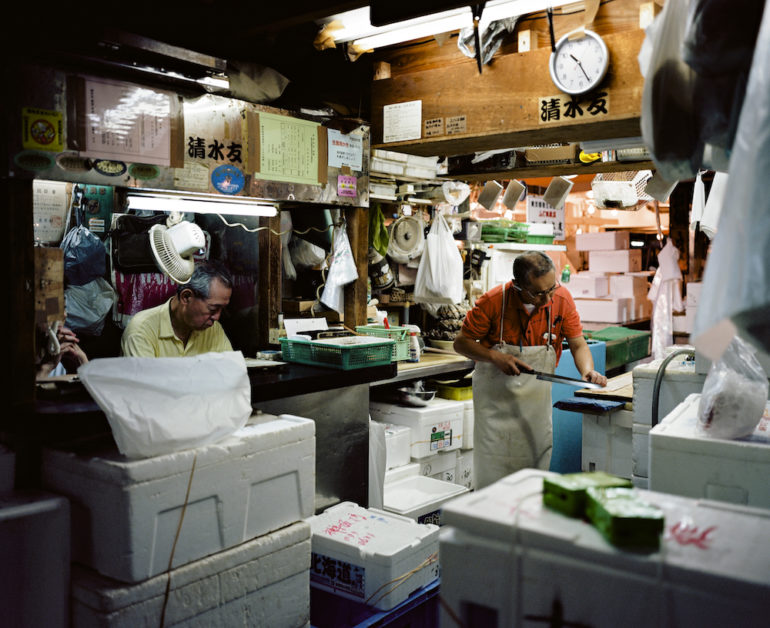All images by Kyle Pozan. Used with permission.
In the hundreds of applications that I’ve received for the analog zine’s creation, I’ve had to become more discriminatory about the types of work presented. As it is, not everyone’s work is going to get in and I’m only featuring the absolute best of the best. But then there are also a number of photographers who have good work that’s not zine quality but surely worth profiling and featuring on the website. And then there’s a ton of not to exemplary work. Amongst some of the work that’s worth featuring on this website though is that of photographer Kyle Pozan’s.
In the coming weeks, in order to give everyone progress on how the magazine is coming along, I’ll be featuring select photographers who have great work for the site but that isn’t making it into the zine.
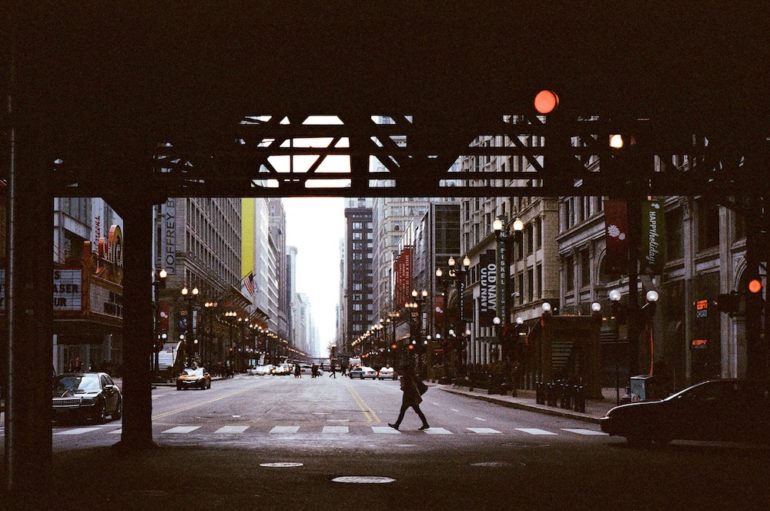
I am a photographer who is obsessed with light and composition. I am happy when I take a photo that conveys how I viewed a scene or subject in my mind, and it’s an added bonus when someone else enjoys one of my photos.
My two film cameras are a Mamiya 7 II and a Canon Canonet G-III QL17. I also borrow my wife’s Fuji Instax every now and then. The Canonet is a great little camera, but it hasn’t gotten much use since I acquired my Mamiya. The larger negatives have two tangible benefits for me: (1) increased tonal range; and (2) less shots per roll. It is easier to respond to changing lighting conditions when you have to burn through only 10 shots.
I shoot primarily color negative film. My favorite film stock is Kodak Ektar 100, but I also enjoy shooting with Kodak Portra 160 and Kodak Portra 800. Ektar is sharp, saturated and has a decent amount of contrast. I love it.
I can’t point to a single event or moment in my life when I started to take an interest in photography. And I’m not certain there is a reason for why I got into photography, either. But I think I enjoyed taking good photos, and at some point I realized I wanted to take more of them. As a kid, I used disposable cameras every now and then, and for my 13th birthday, I received a Nikon Coolpix 880. I don’t remember using the camera much, though.
When I studied abroad in Europe, I brought with me a newly-acquired Sony Cyber-shot T33, which was a slim, lightweight camera that I could take with me wherever I went. This was a few months before the announcement of the first iPhone, so smartphones were rare—especially among college students—and even camera phones weren’t ubiquitous. That Sony saw a lot of use. I documented the sights, my friends, and everything in between. I kept all of the photos I took, but only a handful were “keepers.” I really liked the keepers, and I enjoyed walking around and taking photos. In the years that followed, I continued taking photos, moved up to a DSLR, and ultimately purchased my first film camera in 2012: the Canon Canonet G-III QL17 (what a mouthful!). In the end, a life-long passion was born.
Ming Thein is the first name that comes to mind. He is a professional photographer and a prolific writer whose articles cover a broad range of topics, including shooting and editing techniques, photoessays, and musings about photographic themes, ideas and concepts. By viewing his work, reading about his process and watching him grow as a professional photographer, I’ve learned a great deal about photography and my own creative vision. I have always enjoyed the work of Steve McCurry and Michael Yamashita, two of the best living photojournalists. McCurry’s work is legendary, but my style is more aligned with Yamashita. Iwan Baan is a more recent influence. His composition is excellent, and I’m a big fan of his style of architectural photography generally, which I try to incorporate into my own work.
I have been shooting consistently for about 10 years.
Photography is important to me for a couple of reasons. It provides me with me a creative outlet, it causes me to focus on and appreciate the world around me, and it forces me to look at scenes I’ve encountered multiple times in different ways. But most of all, I really enjoy making great photos. It’s a great feeling when you’re proud of a photo you’ve taken.
I waffle between being a creator and a documenter. It really depends upon what I’m shooting and why I’m shooting it. When shooting film, though, my work tends to be more creative in nature. And when I want to go out and make a photo, I almost always gravitate toward film.
As I mentioned above, I’m drawn to scenes with good light and interesting compositions. I’m also a big fan of neon signs. When an interesting scene grabs my attention, I’ll pause and evaluate it from a couple of different perspectives. I try to conceptualize how the finished photo will look. Then, I snap the photo. If it’s a scene near where I live, I’ll revisit it a few times and try and capture it in different lighting situations.
I prefer natural-looking photos, and so I try to keep my processing to a minimum. I import my photos into Lightroom, where I tweak things like color temperature and levels, and perform perspective correction if I feel it’s necessary. I then take the photo into Photoshop, where I do some light dodging and burning. I also run my sharpening actions in Photoshop. I have different sharpening actions for each film stock. Each action includes both smart sharpening and unsharp mask.
Film has a look that digital can’t quite emulate. To me, the tonality of film is what really sets it apart from digital. Digital sensors do a wonderful job of capturing dynamic range—I’m always surprised by how much data can be recovered from shadows and highlights. However, digital sensors struggle when it comes to capturing the subtle tonal gradation of the sky or a scene with hard light. Film is uniquely qualified to capture photos under those circumstances.


